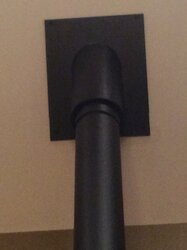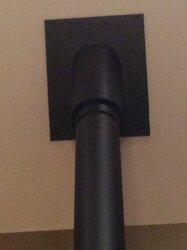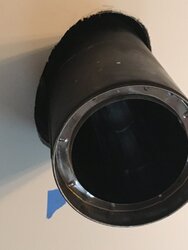Wondering if someone has an opinion on this:
i’ve got a 12 foot length of double wall chimney that is loose at the top where it inserts into the class a double wall pipe. My best guess is that it was knocked loose after the chimney was swept.
This is the second time it’s happened.
The first time, the installer wrapped a gasket around the pipe and then tightened the collar which connects the two pipes. I gave them a call and asked if it was still safe to operate until it can be fixed, to which they replied yes.
They said there is no chance that the chimney could collapse and I’m aware that any airgap would not emit spoke, but something still doesn’t seem right operating the stove with a loose chimney.
Any thoughts or suggestions would be greatly appreciated!
i’ve got a 12 foot length of double wall chimney that is loose at the top where it inserts into the class a double wall pipe. My best guess is that it was knocked loose after the chimney was swept.
This is the second time it’s happened.
The first time, the installer wrapped a gasket around the pipe and then tightened the collar which connects the two pipes. I gave them a call and asked if it was still safe to operate until it can be fixed, to which they replied yes.
They said there is no chance that the chimney could collapse and I’m aware that any airgap would not emit spoke, but something still doesn’t seem right operating the stove with a loose chimney.
Any thoughts or suggestions would be greatly appreciated!




